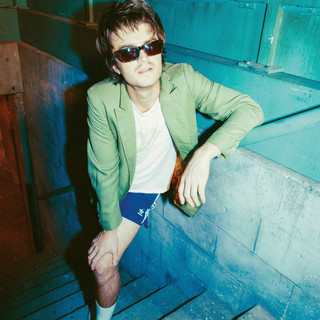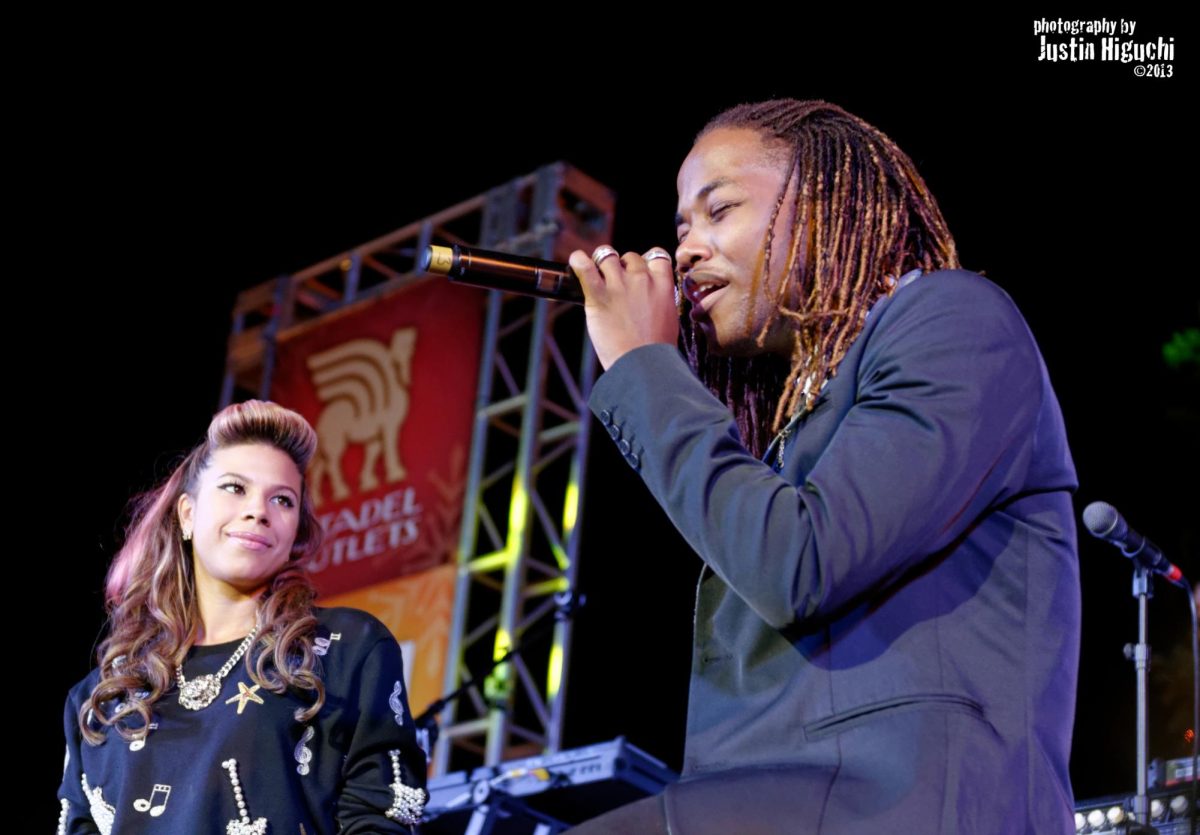Throughout 2021, multidisciplinary artist Anna Marie Tendler released her ongoing photo series “Rooms in the First House,” a reference to the first astrological house: the house of self. Her moody, intricate photography — featured on Instagram and at The Other Art Fair — is a “reclamation of identity” and a means of grappling with changing emotions and self-image.
“Rooms in the First House” offers a glimpse of Tendler amidst a year of isolation, grief and a very public divorce from comedian John Mulaney. Primarily set in Tendler’s home, the richly wallpapered and candle-lit spaces in her photos resemble a Victorian dollhouse or a personified Emily Dickinson poem.
Her photography has a haunting and eclectic quality that blends historical and contemporary aesthetics to create images that stay with its audience. In “Ferocious in Bloom,” she mirrors Dutch still life paintings with her assemblage of peonies, crystals and Tarot cards. In “Invoking the Night,” she twirls in a vintage gown in front of floral wallpaper reminiscent of the Arts and Crafts movement.
In photos that feel more modern, she eats takeout at the Madonna Inn, drapes her body over her bed while reading Henry Miller’s “Tropic of Cancer” or slides down the stairs in a “Titanic” T-shirt while scrolling through her phone. Whether she’s standing crestfallen in a dim room or recreating George Harrison’s album cover for “All Things Must Pass,” she charts her shifting emotions and ongoing relationship with grief in myriad ways. Sometimes it looks like lighting a cigarette off a golden candelabra; sometimes it looks like sitting at an empty dining room table.
In addition to her photo series, Tendler released a Spotify playlist of her favorite music, many of which inspired her work. The 96-track playlist is an assemblage of artists like Mitski, Taylor Swift and The Smashing Pumpkins, and a cursory glance at some of the song lyrics perhaps provides insight into her photography.
In Tendler’s portrait “Good Mourning,” she poses in an empty bedroom in a black gown. Initially, it looks like her eyes are covered, but the blindfold’s sheer fabric allows her to stare at the viewer, situating The Flamingos’ line, “My love must be a kind of blind love,” in an eerie light. In “Dinner in March,” a heart-wrenching scene where she gazes across the table at an empty seat, you can almost hear FKA Twigs sing “And I, just want to feel you’re there.” Her updated composition of the same scene features two Annas having a dynamic dinner. Much like in Joni Mitchell’s “Both Sides Now,” she presents a holistic view of her cloudy situation and approaches change as neutral and inevitable.
Her pieces are personal to her and symbolic of her experiences and identity. But by capturing herself in different forms and weaving historical, religious and musical references into her work, her photography becomes communal. When she stares at the camera lens as Anne Boleyn or sits in the snow to ponder, she creates a window — her audience observes her as she observes them. She carries her heavy humanity with such honesty that it’s difficult to look at her art without learning something about yourself.
Beyond the abundant references and clever symbolism, “Rooms in the First House” is a reminder of the human experience: to accept what is lost, celebrate what is gained and feel eclipsed by the memory of both.





